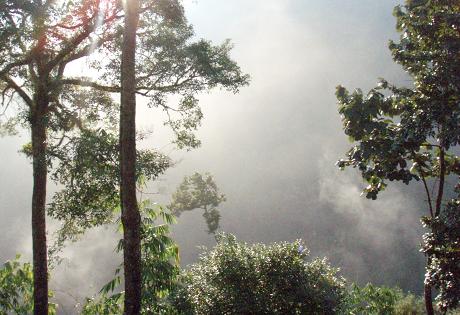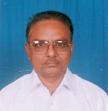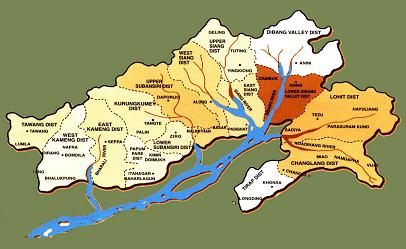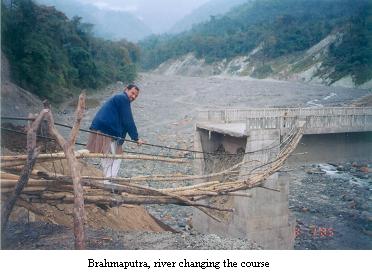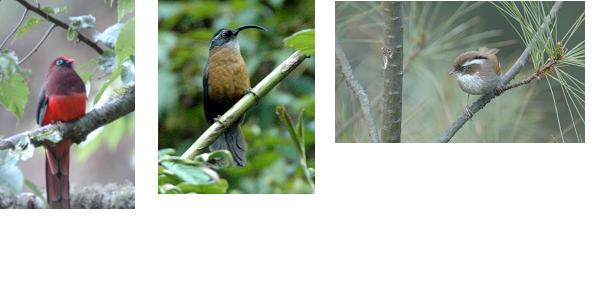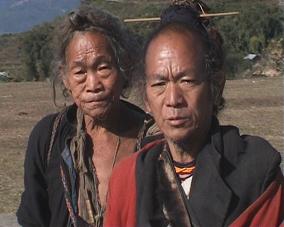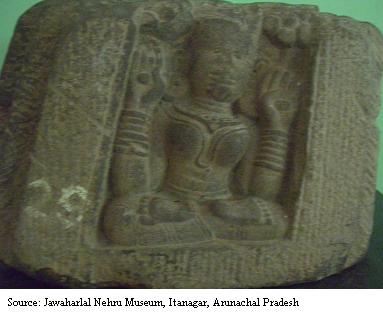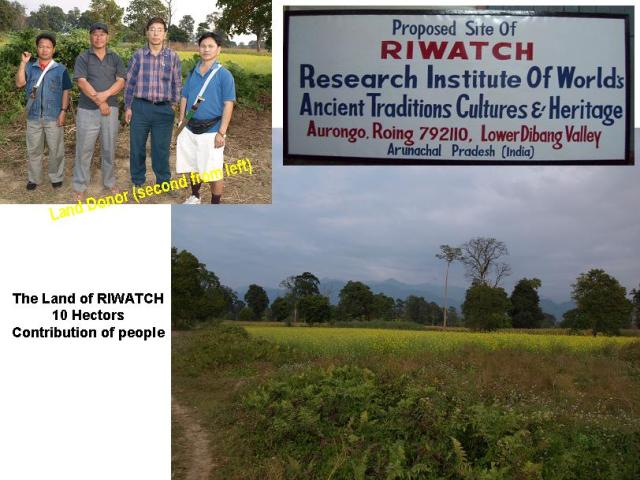Contribute
| In Conversation With Dr. Joram Begi And Vikram Swami |
Ranjani Saigal
07/08/2008
Dr. Joram Begi, Director of Higher and Technical Education, Arunachal Pradesh, along with Vijay Swami, Project Director of RIWATCH (Research Institute of World's Ancient Traditions, Cultures and Heritage) project, Arunachal Pradesh, are on a tour of the US to disseminate information about the relatively unknown State of Arunachal Pradesh and to try and bring sustainable development to the region.
“It is a state that 13 sq km in area with about 12 Lakh Population. Its position is very strategic for it is bounded by Tibet, Bhutan and Myanmar and has nearly 1680 miles of international boundary. Its abundant natural resources also make it a valuable state to invest in. The rivers in the region, due to their tumultuous activity, can be useful to produce hydroelectricity. Based on rough calculations, it is possible to accumulate 65,000 megawatts of hydroelectric power if it works successfully. That is enough to power the entirety of Asia! Another advantage is the biodiversity of the land, with its flora, fauna, scenic beauty, snowcapped mountains, and much more. There are many rare species and plants as well. Some plants are said to even have great medicinal value that can prevent cancer, reduce aging, or increase vitality. The scenery and beauty of the place makes it a great place of tourism as well,†says Dr. Joram Begi.
What is the history of this state? “The genesis of the modern history of the region can be traced to the British Period. Two issues created considerable controversy during the British time. The first was the promulgation of Inner Line Regulation Act in 1873, which drew an imaginary line between Assam and Arunachal Pradesh. As a result a valid permit was required from the Bailiff to cross the border. The second step of the British government was creation of Simla Agreement in 1914. "This was a tripartite agreement among the Governments of India, Tibet and China creating an External Line, called McMahon line covering the three countries,†says Begi. “During the British regime this region was largely ignored. In 1947 there were only three primary schools in the entire state. During independence it was identified as a protected area with no statehood assigned to it.
Dr. Begi is a first generational learner who persevered to get a PhD and has been spearheading the effort to elevate the status of the State. “The Vivekanada Kendra is to be thanked for bringing education to Arunachal Pradesh in a manner that allows the indigenous culture to thrive,†says Begi
The state continued to be ignored in Independent India as well. Begi considers 1962 as a turning point when Chinese aggression opened the eyes of Indians of the complete ill-preparedness of the Indian forces to defend the borders. It also showed the strategic importance of the state and after many political maneuvers, in 1987 it became a full-fledged State and began taking challenges of education, economic and social developments.
Mr. Vijay Swami who has dedicated his life to the Vivekananda Kendra has worked actively to establish schools in the state. “Since the terrain is rough and there are not enough roads, schools have to be residential for there is no way for students to commute from home,†says Swami who has dedicated his life to bringing education and development to Arunachal Pradesh. Swami was awarded the Fulbright Scholarship and through the connections he made in the US during his visit, he was able to raise funds to create Research Institute of World's Ancient Traditions, Cultures and Heritage where the traditions of the area are studied and documented.
“It is essential to bring development and education to the area. But it is important to maintain the indigenous culture of the people. Unfortunately missionaries who come and convert the population destroy the culture of the people in the name of religion,†says Dr. Joram Begi. The demography of the region is under threat from the large number of Bangladeshi Refugees who have settled in the area. “Such change in demography can create conflict.â€
“In addition to creating awareness about the importance and development opportunities in Arunachal Pradesh we are also here to learn. We are very curious to learn more from the mistakes made by the Native Americans which required the indigenous population to either give up their way of life or live in reservations with hardly any development,†says Begi.
“We are very proud of what we have achieved to date. In 1961 only 7 % of the population was literate. In 1971 in went up to 11%. Now we are at 54.7%, which is a giant leap. As a people we are very patriotic and love India very much. In fact Jai Hind is the salutation we use to great each other," says Begi.
What message do they have for Indian Americans in New England? “Come and visit our state. It is one of the most beautiful natural untouched pieces of land. For entrepreneurs who would like to invest Arunachal offers a lot of great opportunities,†says Dr. Joram Begi.
It was indeed a pleasure to meet such dedicated and talented individuals who have taken the responsibility of bringing up an entire region without destroying the indigenous culture and have achieved such success to date. Lokvani wishes them the very best in their endeavor.
You may also access this article through our web-site http://www.lokvani.com/
